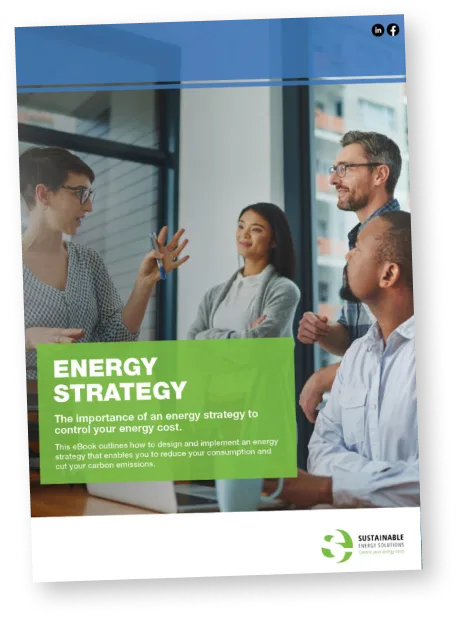Read our latest article by Andrew Reuss, our Director, as he outlines what’s been happening in the energy markets over the past quarter.
Let’s discuss what’s been happening in the energy market in the past quarter.
The Australian energy market continued to experience price fluctuations across the second quarter of this year. We continue to encourage all clients to take control of their energy portfolio. With ongoing market volatility, it’s more important than ever to plan ahead and look at ways to reduce your usage and budget for increases in energy costs.
How did the energy market stack up in Q2?*
- Large Market Electricity Contracts: We saw the market swing up slightly in Q2, particularly in NSW and QLD. The onset of colder weather brought increases in demand, pushing prices up. The Liddell coal-fired power station closed down on the 28th of April removing its remaining 1200 megawatts from the grid. The plant had been operational for 52 years and was the 3rd largest provider in the NEM. The closure coincided with announcements of delays in the reopening of Queensland’s Callide Power Station and cost blowouts for some large renewable projects such as Snowy 2.0 pumped hydro. The NSW Government’s announcement of the Network Infrastructure Strategy did bring some relief to the state’s energy pressure, however renewable investments remain concerningly low, and so we can expect that these factors will continue to bring about price volatility for the near future.
- Large Market Gas Contracts: We saw increases in gas prices in Q2, despite the price cap in place for 2023 (which as noted in our Q1 Market Wrap, applied only to uncontracted gas, representing 3% of the market). Prices peaked in June, likely due to international market dynamics and increased global demand as Australia continues to fill supply pockets opened by Russia’s invasion of Ukraine and subsequent market sanctions.
The Australian Energy Market Operator (AEMO) and the Australian Competition and Consumer Commission (ACCC) have both warned of gas shortfalls during peak consumption this winter. The market operator has stated that, to reduce potential supply issues during peak periods such as an extreme cold snap, they can engage with gas facility operators to ensure supply capacity is maximised. “Other avenues available to AEMO include increasing gas supply from Queensland, using LNG storage, and coordinating a response with the NEM,” stated Daniel Westerman, AEMO’s CEO. - Small Market Gas and Electricity rates: Electricity and gas prices for small-medium enterprises (SMEs) followed similar trends to the large market. With wholesale prices reaching record highs in 2022, the government announced an increase in the default offers impacting SME and residential customers. It is expected that bills will be going up on average by 25%. Your retailer should have recently informed you of the rate change; however, rest assured that your discount will remain.
What to expect in Q3:
- El Nino weather pattern: Recent warmer winter temperatures are contributing to increases in renewable energy production from solar and record wind generation. If these warmer conditions continue then we might see more grid stability in Q3. However, the outlook beyond Q3 remains unpredictable with the announcement of an El Nino weather pattern. El Nino usually brings risks of heatwaves, droughts and bushfires which place increased demand on the grid leading to load shedding or power outages.
- Gas code of conduct: The Federal government will soon finalise its Mandatory Gas Code of Conduct for the Australian east coast. We can expect to see the full text released in the coming weeks, which will include an extension of the $12/GJ price cap as well as enforceable penalties by the ACCC for users and producers not playing by the new rules.
The Government has stated the code of conduct will bring about domestic supply certainty. Meanwhile, the leading gas industry lobby group, the Australian Petroleum Production and Exploration Association (APPEA), has warned that ongoing Federal intervention will slow investment in the sector and result in further supply shortages, driving up domestic energy prices.
*Disclaimer: This article is general information only and does not constitute financial advice. Electricity and gas commodities are volatile markets and prices vary daily.
Looking to save on your energy bills?
We help thousands of medium to large businesses control their energy costs. Discuss your business energy with our team by filling out our contact form or calling us on (02) 9371 4153.

